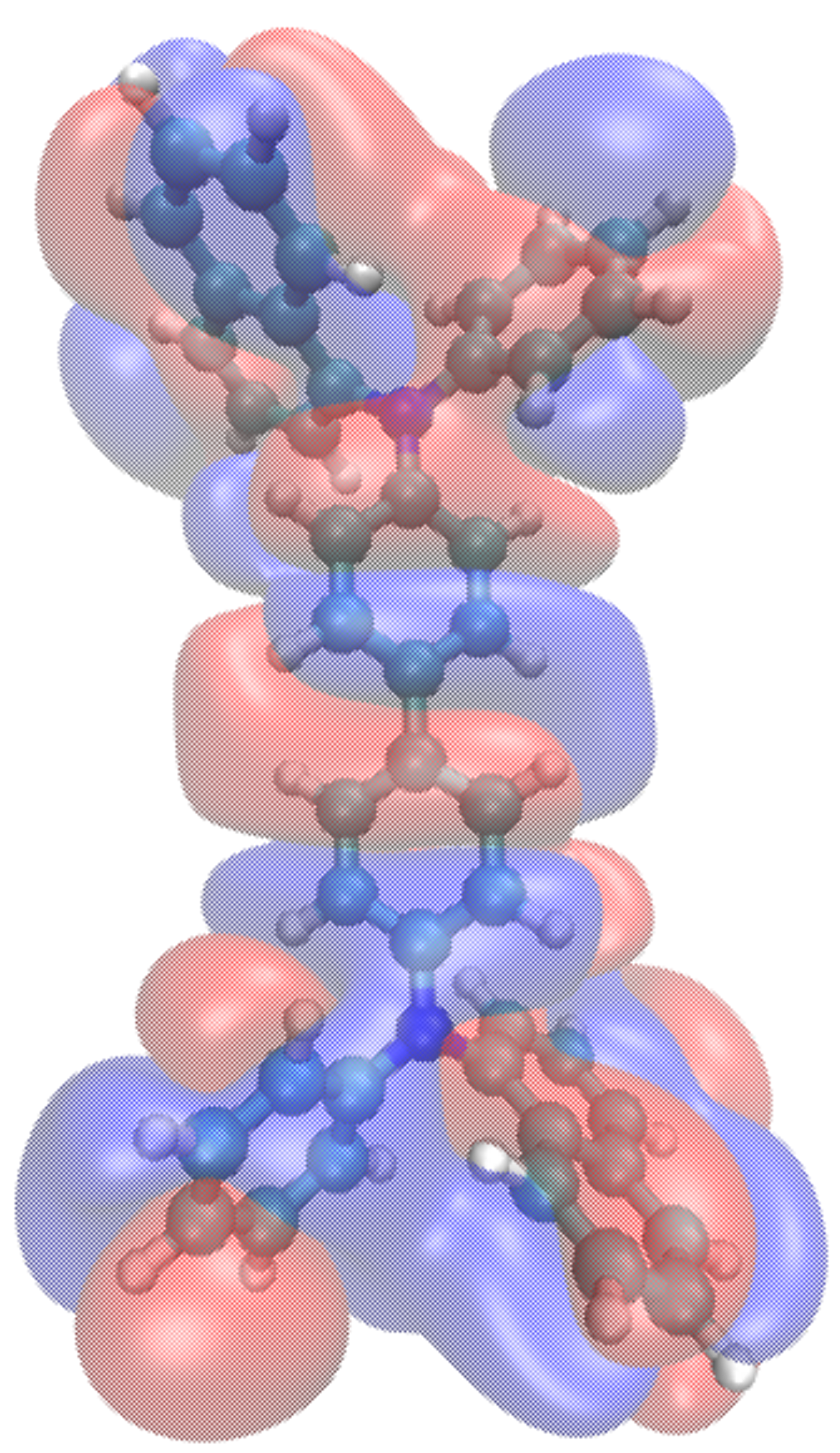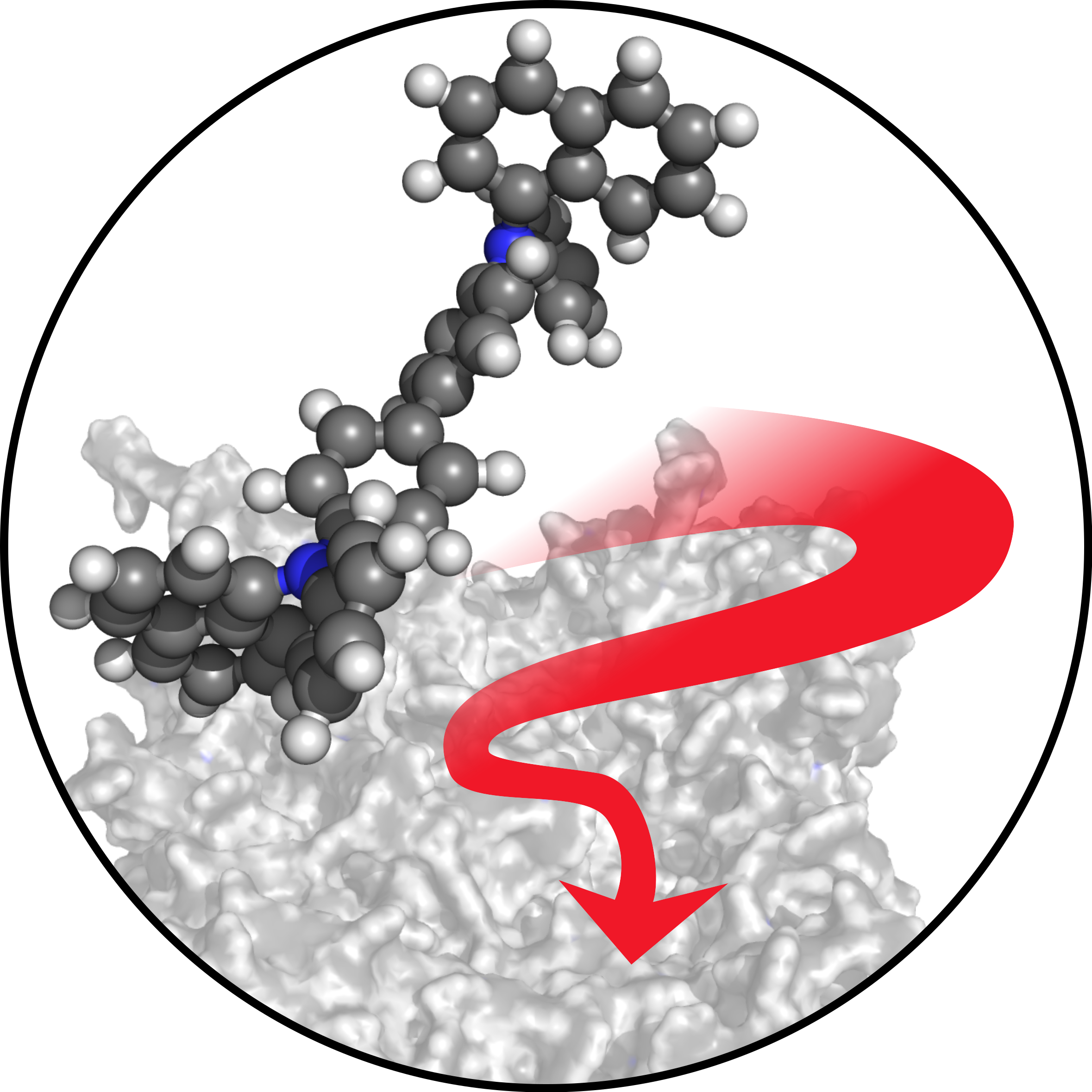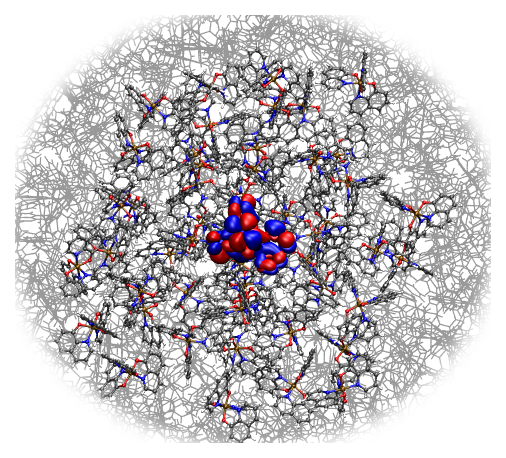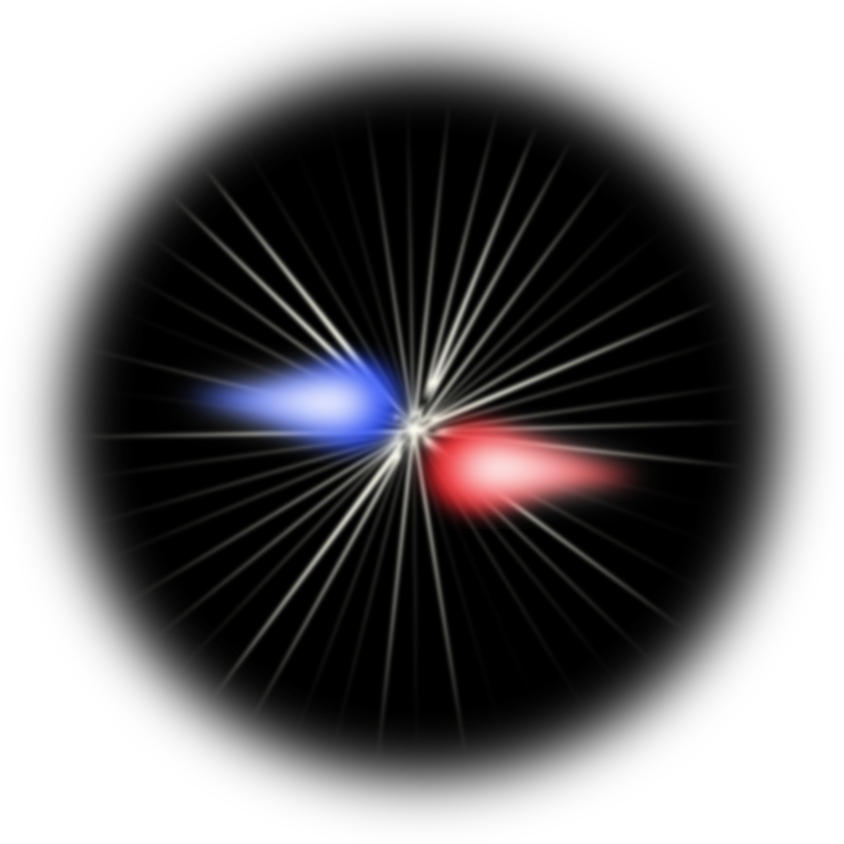Our Virtual Lab includes various tools for the generation of digital twins of materials and devices (virtual synthesis & device fabrication) and their morphological, spectroscopic and electronic characterization (virtual experiments via computer simulations), including virtual device operation. In the following, we present our simulation tools.
On the first “workbench”, you can design molecular structures (i.e. virtual synthesis of molecules) which can be used to generate thin films with Deposit, a protocol mimicking PVD. Analogous to spectroscopic characterization, the electronic structure of morphologies from Deposit can be analyzed with QuantumPatch (QP). Ultimately, you can simulate various modi of optoelectronic device operation (e.g. in OLED and OPV) with Lightforge (LF). You can find details on each tool on the respective subpage:
Synthesis (Molview) | PVD Morphology generation (Parametrizer, DihedralParametrizer and Deposit) | Spectroscopy (QP) | Device operation (LF) |
In the Virtual Lab you can either use these tools individually with existing input, or start from scratch with the “virtual synthesis”, i.e. the design of new molecules and use these in subsequent simulation steps. This enables you to analyze the impact of molecular structure on device performance or generate custom tailored materials by tuning specific molecular properties. Two examples are the targeted modification of functional side groups to tune molecular orientation for improved outcoupling, or the computation of charge carrier mobility for novel compounds. An alternative approach is to run device operation simulations in LightForge with fictitious materials and screen material properties (e.g. HOMO or LUMO levels) to identify the sweet spot in the parameter space. This streamlines the targeted design of molecules with desired microscopic properties.
In addition to the manual execution of individual simulation steps, you can combine several of these tools into seamless multi scale workflows, thereby creating a production line. Thus, you add individual virtual experiments, apply different analysis tools and get the relevant material properties without intermediate hands-on user involvement, enabling efficient screening of materials or device setups.
Check out the virtual experiments you can run with our software (e.g. calculation of charge carrier mobility) or download a trial of the virtual lab. You can also find more information about the technical details of the simulation tools here.